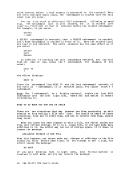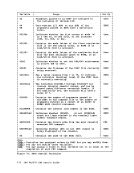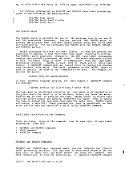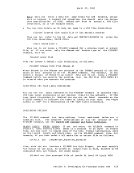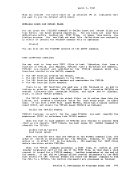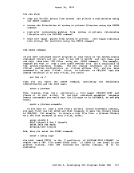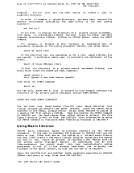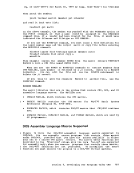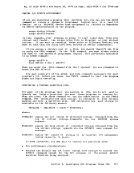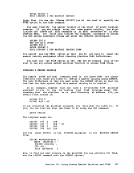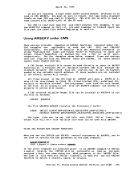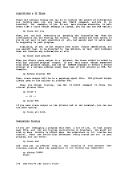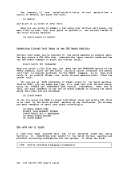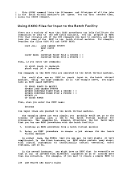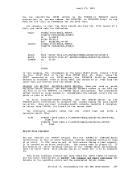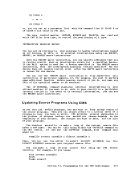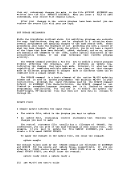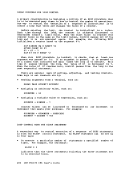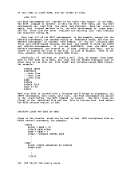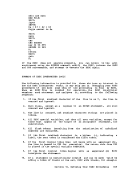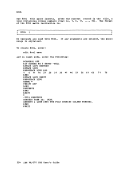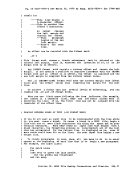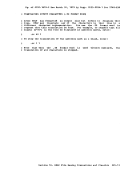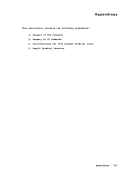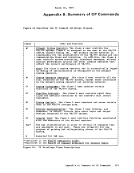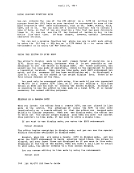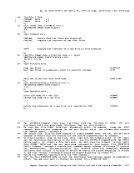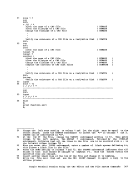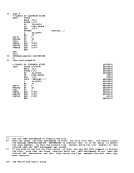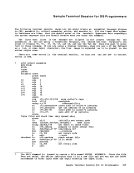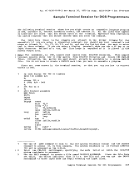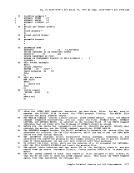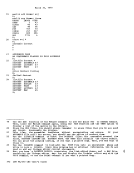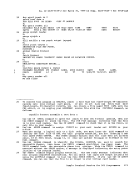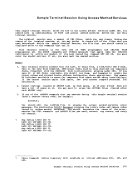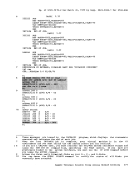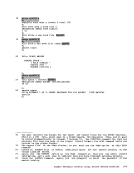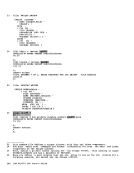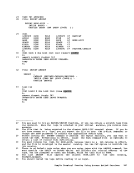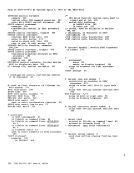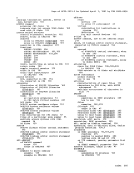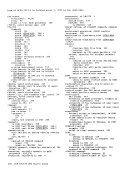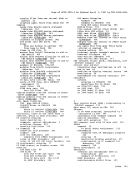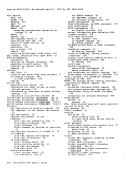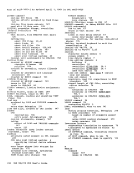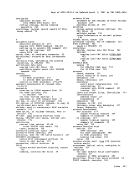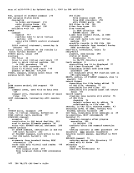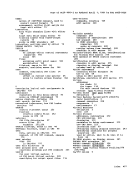Part 1. Understanding eMS Learning how to use CMS is not an end in itself: you have a specific
task or tasks to do, and you need to use the ccmputer to perform them.CMS has been designed to make these tasks easier, but if you are
unfamiliar withCMS, then the tasks may seem more difficult. The
information contained inPart 1 of the user's guide is organized to help
you make the acquaintance ofCMS quickly, so that it enhances, rather
than impedes, the performance of your tasks.
"Section 1.What It Means To Have a CMS Virtual Machine
ll introduces
you toVM/370 and its conversational component, CMS. It should help you
to get a picture of how you, at a terminal, use and interact with the
system.
During a terminal session, commands and requests that
processed by different parts of the system. How and
communicate with these different programs, is describedVM/370 Environments and Mode switching."
you enter are
when you can
in"Section 2.
There are almost two hundred commands and subcommands comprising theVM/370 language. There are some that you may never need to use; there
are others that you will use over and over again.What You Can Do With VM/370-CMS Commands" contains a sampling of commands in
various functional areas, to give you a general idea of the kinds of
things you can do, and the commands available to help you do them.
Almost every CMS command that you enter results in some kind of
activity with a direct access storage device (DASD), known in CMS simply
as a disk, or minidisk. Data and programs are stored on disks in what
are called "files."IIsection 4. The CMS File system" introduces you to
the creation and handling of CMS files.
"Section 5. TheCMS Editor" contains all the basic information you
need to create and write a disk file directly from your terminal, or to
correct or modify an existingCMS file.
Just as important as theCMS editor is another eMS facility, called
theEXEC processor or interpreter. Using EXEC files, you can execute
many commands and programs by entering a single command line from your
terminal, or you can write your ownCMS commands. "section 6.
Introduction to theEXEC Processor" presents a survey of the basic
characteristics and functions ofEXEC. "Section 7. Using Real Printers, Punches, Readers, and Tapes
ll discusses how to use punched cards and tapes in CMS, and how to use your
virtual printer and punch to get real output.Part 1. Understanding CMS 1
task or tasks to do, and you need to use the ccmputer to perform them.
unfamiliar with
information contained in
you make the acquaintance of
than impedes, the performance of your tasks.
"Section 1.
ll
you to
to get a picture of how you, at a terminal, use and interact with the
system.
During a terminal session, commands and requests that
processed by different parts of the system. How and
communicate with these different programs, is described
you enter are
when you can
in
There are almost two hundred commands and subcommands comprising the
are others that you will use over and over again.
various functional areas, to give you a general idea of the kinds of
things you can do, and the commands available to help you do them.
Almost every CMS command that you enter results in some kind of
activity with a direct access storage device (DASD), known in CMS simply
as a disk, or minidisk. Data and programs are stored on disks in what
are called "files."
the creation and handling of CMS files.
"Section 5. The
need to create and write a disk file directly from your terminal, or to
correct or modify an existing
Just as important as the
the
many commands and programs by entering a single command line from your
terminal, or you can write your own
Introduction to the
characteristics and functions of
ll
virtual printer and punch to get real output.

























































































































